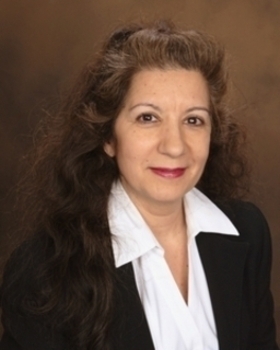Question
I have a patient who is going to have surgery to remove a polyp from the vocal cords. How soon after the surgery can she receive voice treatment? And do you have any suggestions about exercises? I am considering soft gliding/phonation and nasal sounds.
Answer
Physicians vary greatly in their post-surgical recommendations for any microlaryngeal or laser removal procedure that involves the vocal folds. The majority of sources recommend one week of strict vocal rest, meaning absolutely no talking or whispering. During this time, your patient should also avoid coughing or throat clearing, however, if they absolutely must, then tell them to use a breathy cough or throat clear. Avoid alcohol and keep well hydrated by drinking at least 64 ounces of fluids per day. Do not gargle with mouthwash; if they feel a need to gargle, use warm salt water. It should be clarified that although the recommendation for voice rest is about seven days, there are no adequate prospective trials comparing surgery with and without voice rest. Although, it seems likely that reducing traumatic forces at the surgical site would reduce the risk of scar formation. Certainly, when we make an incision elsewhere on the body, we discourage traumatizing it while healing. Phonation should be avoided until the epithelium has healed and can provide protection for the underlying lamina propria.
After the week of voice rest is complete, begin the patient talking quietly - absolutely no screaming or yelling should occur. Also, the patient should have a follow up strobovideolaryngoscopic examination. Continue the patient using only a breathy cough or throat clear and only when absolutely necessary. Limit milk products, as they tend to increase mucous so that the patient does not feel a need to clear their throat. Voice therapy with a speech pathologist is helpful in facilitating post-surgical healing.
Typically the SLP will gradually increase the patient's voice use over the next 2-6 weeks. After 6 weeks of therapy and gradual increase of vocal use, another strobovideolaryngoscopic examination should be performed. Ideally, individuals who opt for surgical removal of a vocal cord polyp should receive pre- and post-operative voice therapy. Pre-operative voice therapy is helpful in establishing a comprehensive vocal hygiene program to encourage optimal post-surgical recovery, including education as to post-surgical vocal guidelines. Post-surgical voice therapy typically involves vocal exercises designed to encourage healing, improve vocal quality, and prevent future lesions from occurring. Specifically soft vocal onset (i.e. easy onset voicing practice) is encouraged as an early mode of voice production using the typical /h/ sound to initiate words and then voicing after he initial easy contact of the vocal folds. Another technique used post-operatively is finding the patient's optimal pitch and loudness through the use of biofeedback techniques such as the Visipitch (Kay-Pentax Inc.). The patient will ultimately improve directly after surgery and voice rest, but the patient must be strongly advised of the causal link between the abusive behavior and the resultant polyp. Future changes in vocal behavior are necessary to maintain adequate vocal fold health.
Bridget A. Russell is an Associate Professor at the State University of New York Fredonia and directs the Speech Production Laboratory in the Youngerman Centers for Communicative Disorders at the University. She has published in the Journal of Speech, Hearing and Language (JSHLR), Speech and Voice Review. She has presented over 70 peer reviewed presentations at national and international conferences on voice and respiratory disorders. Dr. Russell also has served as an editorial consultant for JSHLR, National Science Foundation (NSF) and DelMar Publishing Group. Dr. Russell's research interests include voice disorders in children and adults, professional voice, and respiratory disorders of speech production.

